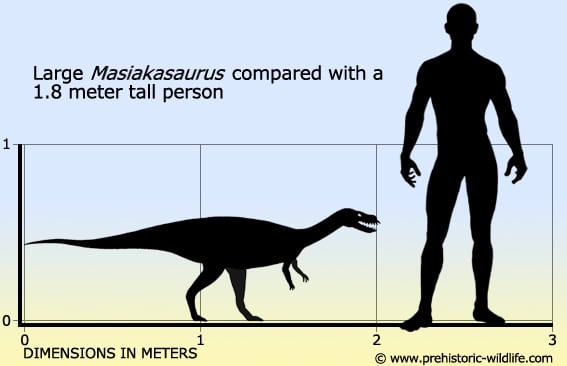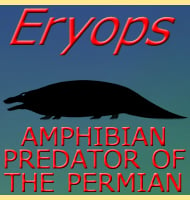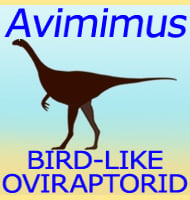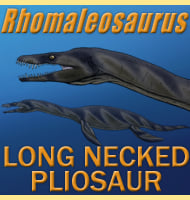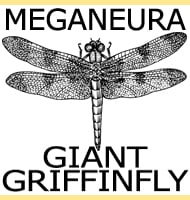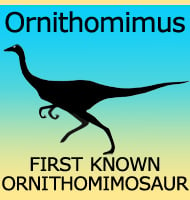In Depth
The first Masiakasurus remains were described in 2001, and a second set of remains were recovered in 2011. This has allowed some of the original gaps including the premaxilla to be included with the overall morphology. The most striking feature of Masiakasaurus is the way the front teeth point forward and out of the mouth. Furthermore the front teeth curve upwards at the end creating a hooking action. This would have greatly increased the ability of Masiakasaurus to catch small, fast moving prey. A popular conception for Masiakasaurus’s predatory lifestyle is using its specialised teeth to snatch fish from the waters edge.
Recovered fossil material suggests what would appear to be two be two forms of Masiakasaurus, with one being more heavily built and the other more agile. It is as yet unclear if one is a sub species of the other, or if this represents sexual dimorphism in this dinosaur.
Masiakasaurus is not just famous for its teeth but for the type species being named after the musician Mark Knopfler.
Further Reading
– A bizarre predatory dinosaur from the Late Cretaceous of Madagascar. – Nature 409 (6819): 504–506. – S. D. Sampson, M. T. Carrano & C. A. Forster – 2001. – The osteology of Masiakasaurus knopfleri, a small abelisauroid (Dinosauria: Theropoda) from the Late Cretaceous of Madagascar . Journal of Vertebrate Paleontology 22 (3): 510–534. – M. T. Carrano, S. D. Sampson & C. A. Forster – 2002. – New materials of Masiakasaurus knopfleri Sampson, Carrano, and Forster, 2001, and implications for the morphology of the Noasauridae (Theropoda: Ceratosauria). – Smithsonian Contributions to Paleobiology 95: 53pp. – M. T. Carrano, M. T. Loewen & J. J. W. Sertic – 2011. – Bone histology confirms determinate growth and small body size in the noasaurid theropod Masiakasaurus knopfleri. – Journal of Vertebrate Paleontology 33(4): 865-876. – Andrew H. Lee & Patrick M. O’Connor – 2013.
